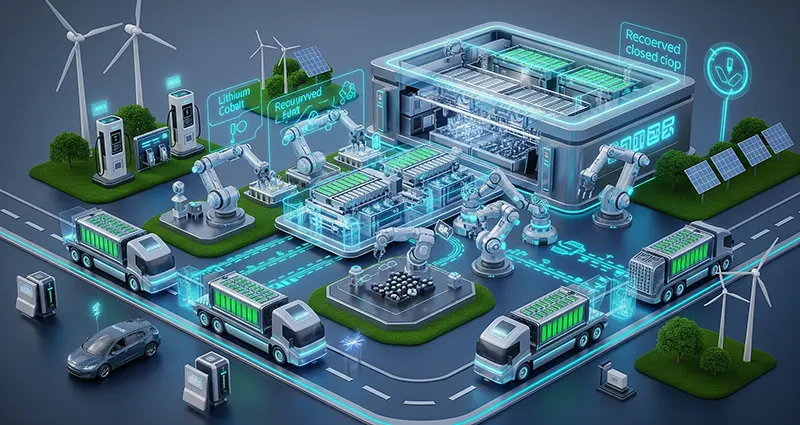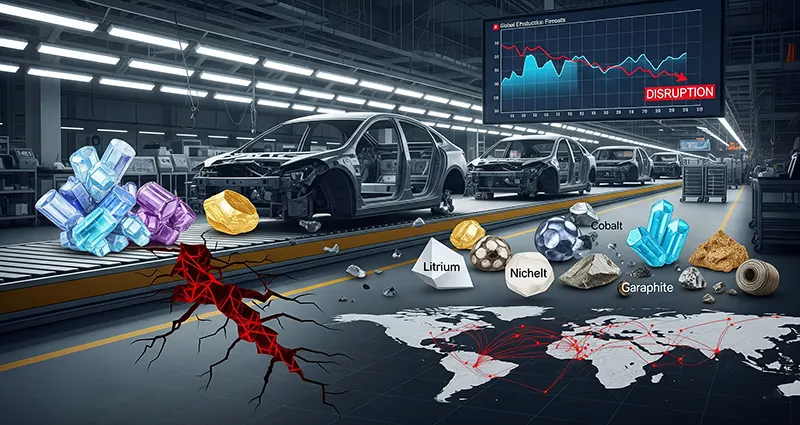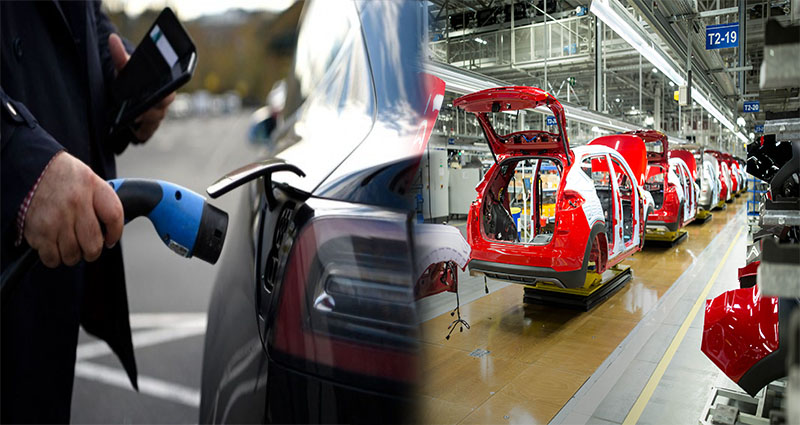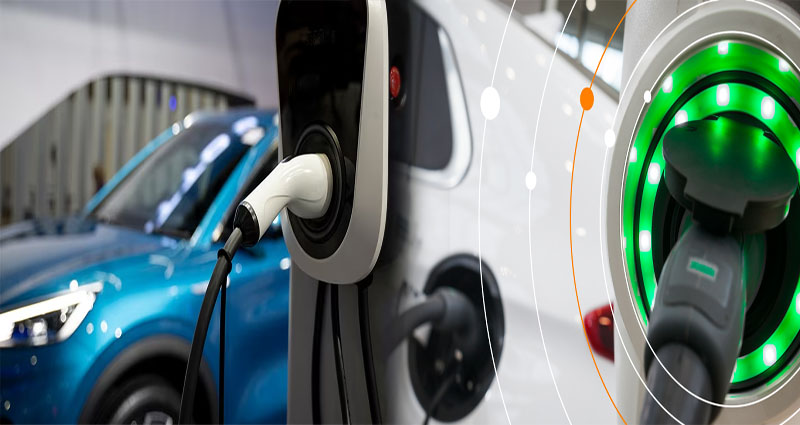Future Outlook for Electric Vehicle Battery Recycling Technology and Infrastructure
As electric vehicles (EVs) continue to gain momentum globally, driven by concerns over climate change and the push for sustainable transportation, the demand for efficient electric vehicle battery recycling technology and infrastructure is becoming increasingly critical. With millions of EV batteries expected to reach end-of-life in the coming decades, the future outlook for battery recycling technology and infrastructure holds significant promise for environmental sustainability, resource conservation, and economic growth.
Growing Importance of Battery Recycling
Electric vehicle batteries, primarily lithium-ion based, contain valuable materials such as lithium, cobalt, nickel, and manganese. Proper recycling not only helps reduce environmental hazards associated with battery disposal but also recovers these finite resources, easing reliance on mining and minimizing supply chain vulnerabilities. As the volume of retired EV batteries grows, the need for scalable, cost-effective recycling solutions becomes urgent.
Innovations in Battery Recycling Technologies
The future of EV battery recycling is shaped by several promising … READ MORE ...








